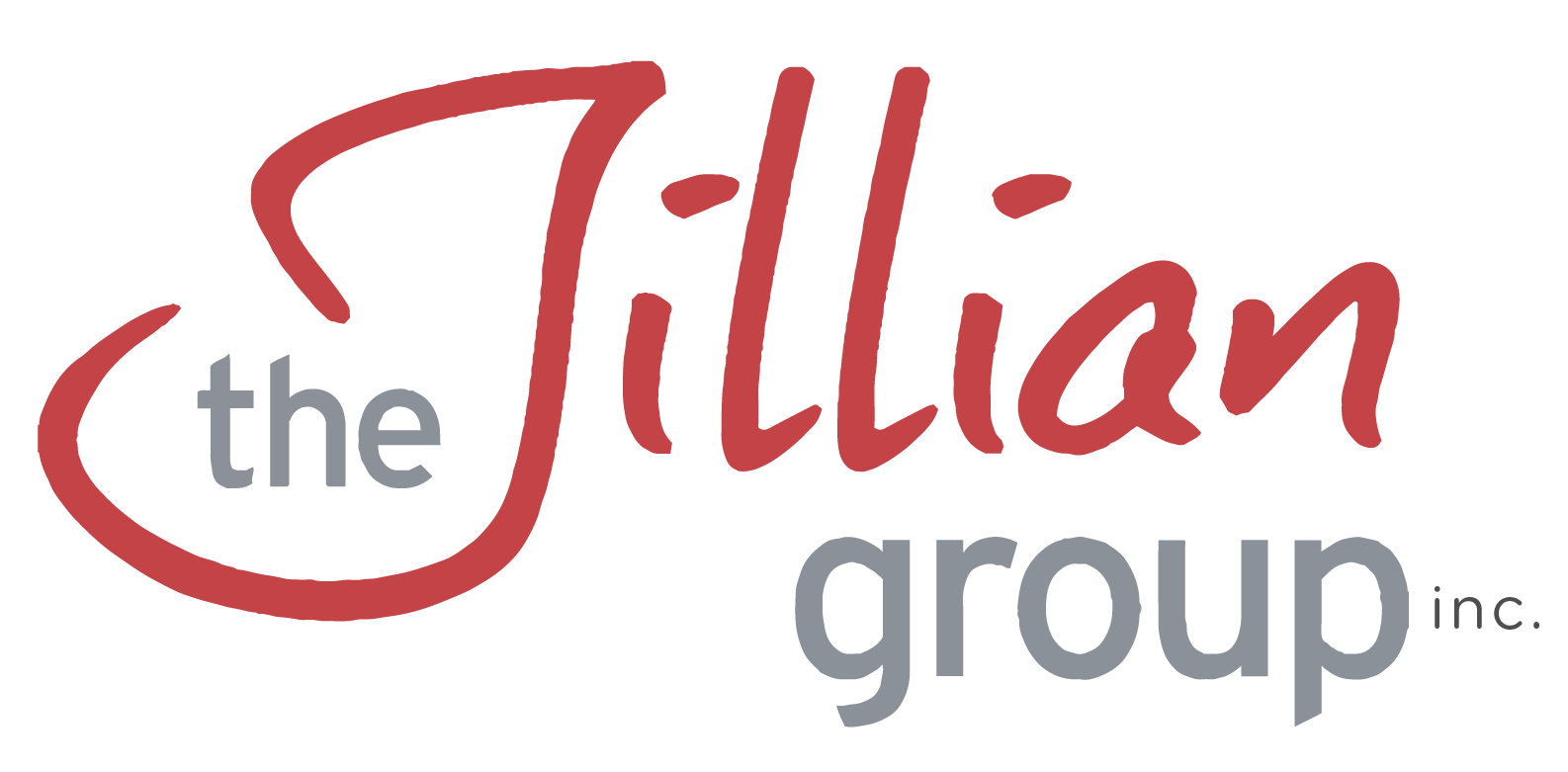The coronavirus (COVID-19) pandemic has profoundly affected our economy and businesses of all sizes. Many businesses have been forced to close, while others have taken their operations completely digital, equipping their teams for remote work.
During both challenging times and seasons of unprecedented change, business owners are forced to look inward and evaluate a wide range of their operations, from relationships to marketing and beyond. This need presents a fantastic opportunity to fine-tune your business not only for today’s circumstances, but for the future as well.
Whether your business has been closed for the foreseeable future, is struggling to remain open or has so far been unscathed, there are 4 essential business areas you ought to consider focusing on. Let’s take a look.
1. Focus on Relationships
Because we are unable to connect in person, this is the time to embrace the Digital Handshake. With millions of people around the world forced to stay and/or work from home, the use of videoconferencing technology like Zoom has exploded. These tools and platforms allow us to meet and connect with others, making it possible for us to not only continue to work, but also to demonstrate our humanity.
Meeting with folks who are working from their kitchen tables, coffee tables, or ironing boards has stripped away much of the facade that otherwise exists when we meet in person. It’s an excellent time to embrace and encourage authenticity, which will, in turn, lead to stronger bonds and relationships.
Here are a few easy ways you can use technology to reach out to others:
- Identify 3 people who you’ve been meaning to follow-up with. Even if it was from an event in 2019…or earlier. Reach out to these folks and let them know they’ve been on your mind and that you’d love the opportunity to reconnect with them.
- Identify 3 former clients that you’d love to re-engage with. Reach out to them. Your intent is NOT to sell them on anything but instead to reconnect. Perhaps, record a short video letting them know why they’re on your mind.
- Identify 3 business neighbors (or complementary businesses to your own) and reach out to them to see how they are doing right now. The message is simple: you’re thinking of them. Perhaps there’s an opportunity for you to collaborate, share resources or just strengthen the relationship, which can be a mutual asset in the months and years ahead.
This is also an excellent time to take a step back and truly get to know who your customers are. Many businesses have a general idea or think that anyone and everyone is a potential customer. The goal instead is to identify your ideal customer and pinpoint as much demographic and psychographic information about them as possible. Ideal customers should be profitable, a joy to work with, and most importantly, your products or services should fit their needs. One suggestion to get you started is to identify your best current customers and look for similarities among them. The more attention you apply to this, the more you can learn about what really matters to your ideal customers and then you’ll be better able to address your services, communications & marketing specifically to them, rather than this hazy big group of unknowns.
2. Focus on Operations & Processes
When we’re doing business as usual, many organizations simply kick the can or punt on this one. To be fair, it is so much easier and more enjoyable to focus on sales or new business acquisition.
But when our normal routines are completely upended, the upheaval exposes our negligence of those operations and processes. Difficult times provide an opportunity to take a closer look at how your business runs, and how you can improve it.
Here are a few operations and processes to focus on right now:
- Communication: How have you been keeping track of and communicating with prospects? Clients? What about strategic partners? Who decides what is to be shared and when? Is it a collective effort or just one person?
- Employee Engagement: How/what is your process for identifying, interviewing and onboarding new talent? What about existing staff–how are you nurturing these relationships? What happens when employees leave for new opportunities or other reasons? How is this communicated internally and/or externally? By whom? Do former employees need to be removed from your website? Is there a process in place for any of this?
- Technology & Automation: Are there certain elements of your business that are repetitive and could be automated? This could be something as simple as booking & confirming appointments. Automating mundane tasks can help you to positively reallocate some resources and apply them to other, higher-value tasks. One great way to think about this is exploring areas where you can leverage technology to make internal operations run more efficiently, whilst simultaneously delivering a higher level of service to all who interact with your company.
As you answer these questions, take plenty of notes and share your findings with your executive team. Then, work together to make the necessary adjustments so your operations can run more efficiently going forward.
3. Get Your Finances in Order (aka for some: Learn Your Numbers)
Like your operations and processes, challenging times shed light on your financial situation. If you don’t already have your business finances in order, now is a good time to take care of that.
Here are some pieces of the financial puzzle you need to take a look at:
- Bookkeeping & Accounting: How solid is your current bookkeeping or accounting practice? Are these handled internally or do you contract that out? Is your setup cloud-based or are you (still) chained to your computer/hardware? What was 2019 like for your business financially? Was it an increase or decrease over 2018? Is that in terms of Gross or Net Revenue? What was your primary driver of new business in 2019? How have you taken data from 2019 to apply it to your business goals and strategies for 2020?
- Tools & Subscriptions: Take an inventory of the tools and subscriptions you currently have and compare that to what you actually need and/or use. More than likely, there are some you can cut without causing any ripple effects to your business.
- Financial Assistance, Loans & Business Insurance: Take stock of the financial assistance, loans, and business insurance you currently have. What do you need to put in place in the near future? The long-term? What will your assistance, loans, and insurance cover? Will your employees be taken care of? How will you keep a steady cash flow? Can you leverage financial assistance to make that happen?
- Paycheck Protection Program (PPP) | Fact Sheet | Overview | Funds from the first round have been exhausted, though there is the expectation another round is imminent.
- Economic Injury Disaster Loan (EIDL) and Advance
- The Save Small Business Fund is providing $5,000 grants to small businesses meeting certain criteria. To learn more or see if you qualify, click here.
- Your local Chamber of Commerce is also an excellent resource, it’s likely they have scores of available resources on their website. Additionally, now is a great time to connect with your trade group or association for they too are a potentially great resource.
- As of April 20, 2020, Massachusetts has opened up unemployment benefits to people who are self-employed, independent contractors, work in the gig economy and those with limited work history. Up to 39 weeks of unemployment is available, here is the link for more information or to apply.
Getting your finances in order will not only help you gain much-needed perspective on how your business is doing during this time–it will also help going forward.
4. Focus on Your Content, Marketing and/or Advertising Strategies
Finally, this is a fantastic time to focus on your content, marketing and/or advertising strategies. Tough times call for quick pivots and reevaluation of your current marketing strategies and expenses.
To get a holistic picture of your current marketing game plan, here are a few things to consider:
- Marketing Channels: What marketing channels have been the most effective for your business? Is it time to brainstorm other ideas, or perhaps to connect with new markets or stakeholders? Are there marketing channels you can cut, or new channels you can add in order to increase your reach?
- Digital Advertising: Have you been thinking about how digital advertising might help to grow exposure for your business, possibly leading to increased sales and revenue? Perhaps it’s felt like too much to tackle, or you haven’t known where to start. This could be a great time to get started with some ad testing to see what works.
- Shareable Content: Creating content to be shared via social media, your website or blog, and/or newsletters can be time-consuming and is often neglected. Why not use this time to create a myriad of content that can help get you back on track and even ahead of the game? You can even take it one step further and create a sustainable content plan.
- Email Marketing: Are you currently leveraging your email list to nurture relationships with your existing customers as well as continuing to market your business? How are you measuring your success? How effective is the email marketing platform you’re currently using? What messaging is your audience most responsive to? How are they responding to your free offerings (downloadable resources, discovery calls, etc.)? Are you currently extending a free offer to grow your list? Now is a great time to test some new email marketing strategies and work to convert more customers and prospects to your email list.
Do you need help to keep your business running during COVID-19?
With so many small businesses struggling to keep their businesses open or running at all, we’re answering the call to provide support where we can. If you need help, want to brainstorm ideas for your business, or just chat, we’re here for you.
There are no strings attached, no expectations whatsoever. This is simply one way we can be of service during these difficult times and that is our only objective.
To schedule a complimentary 30-60 minute phone call to talk through your current challenges, zero in on your blind spots, or even identify new opportunities:

